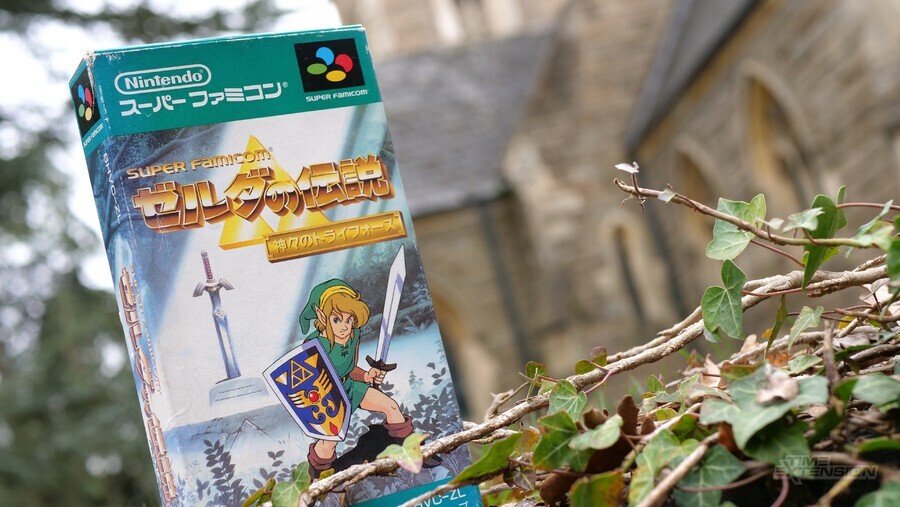
We can all agree that retro games have the ability to transport us to a different time. For some, titles like Tetris, Street Fighter II, Sonic and Super Mario have strong links to a particular moment in their formative years; perhaps they rekindle memories of playing with friends after school or long trips in the family car with nothing but a Game Boy for company.
However, as I've gotten older, I've noticed that certain games are not only inexorably linked with a specific time in my life, but also a place. Just as a song might make you recall where you first heard it, is it possible that a video game can – in certain circumstances – also provide a link to a physical location as well as a moment in time?
To be clear, this hasn't happened with every video game I've played. Out of the hundreds, if not thousands of titles I've experienced over the past few decades, many don't trigger any kind of 'location memory' at all; it seems to be a select few which inspire memories related to places. It's also interesting to note that I don't have any real connected memories of the space where I will have played the vast majority of these games: my childhood bedroom.
I'm not sure if this is a universal thing, but for me, some games are indelibly connected to real-world places in my memory – and I've listed some examples below.
Warsong (Sega Genesis / Mega Drive)
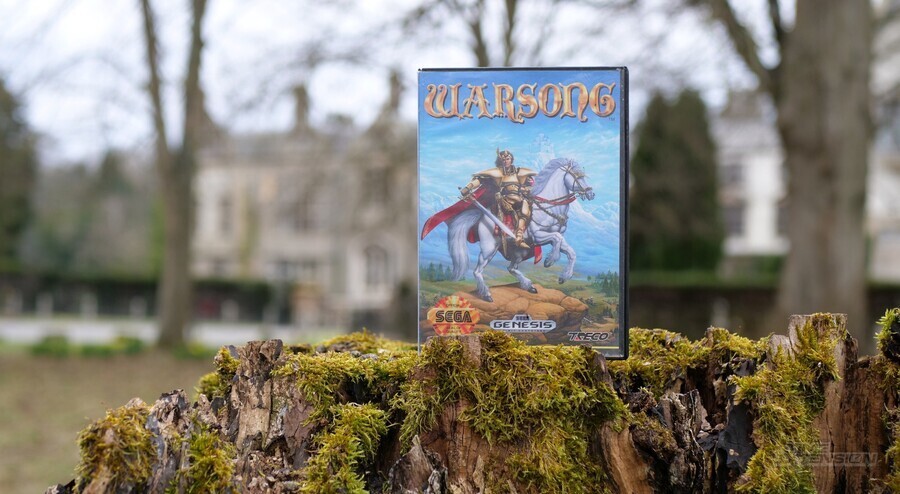
This example is perhaps the most vivid for me, and I'll try my hardest to explain why.
Warsong – or Langrisser, as it is known in Japan – was a totally unexpected gem for me back in the early '90s. I'd never played a tactical RPG before, and it swallowed me whole – I was utterly addicted for weeks and weeks on end. During the time I was ensconced in the game, my family would regularly visit the nearby Coombe Abbey Country Park, which consists of a Grade I-listed country house (nowadays a hotel) and around 150 acres of land, which is now open to the public.
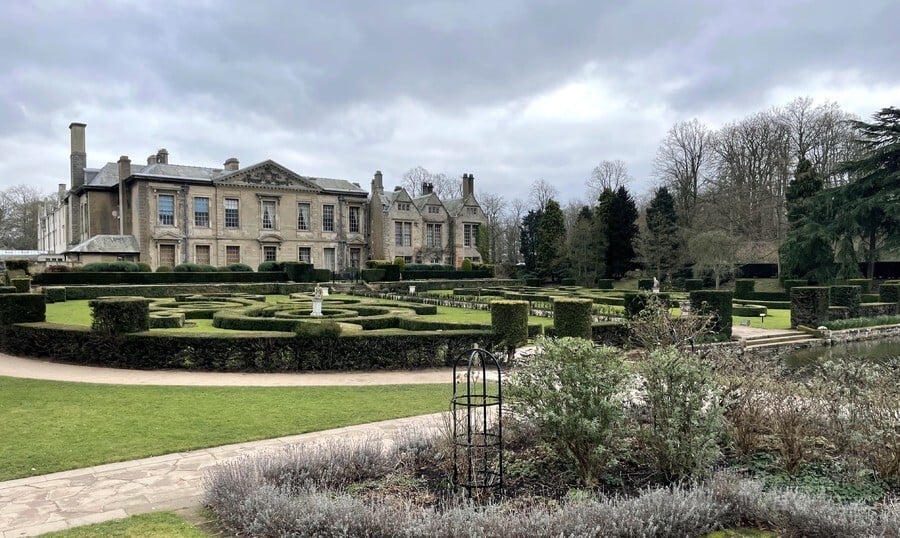
There's a large field in the park bordered all on sides by a thick forest, and I can remember thinking at the time that it looked a lot like the landscapes in Warsong; the game's battle sequences had the same treeline on the horizon. This is perhaps a case of being so consumed by a single video game that it bleeds into your everyday life.
This seemingly inconsequential observation was enough to bond the game and the place together in my mind, and I still find it impossible to think of one without also thinking of the other, try as I might.
Castlevania II: Belmont's Revenge
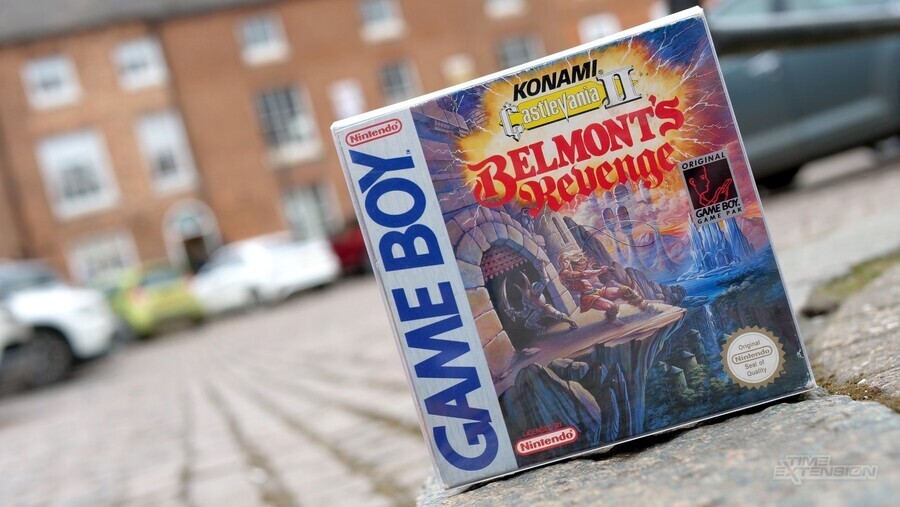
If the Warsong example shows that games can be randomly associated with places in the minds of some people, then the Game Boy Castlevania outing Belmont's Revenge suggests that bonds can be created at the very point of purchase.
Close to where I used to live as a child, there's a town called Market Bosworth – most famous for the fact that, in 1485, King Richard III was killed at the Battle of Bosworth Field, the turning point in the Wars of the Roses and an event which radically changing the path of the English crown (Richard's remains were assumed lost forever, but were found underneath a Leicester car park in 2012, an event which made global news).
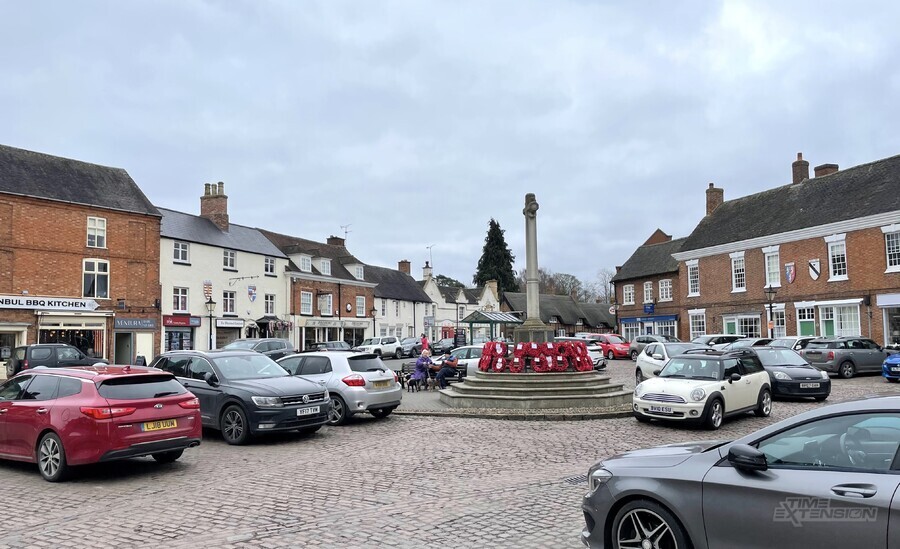
But that's all irrelevant here – the reason I mention the town is because, in the 1990s, it was home to Medlantic Hi Tech, an independent video game store which, oddly enough, operated not from some swanky, futuristic office but from a small shed in the back garden of a sleepy-looking cottage.
It was here that I purchased Belmont's Revenge, my first experience of the Castlevania franchise – a franchise which I now count as one of my all-time favourites. The link between the game and the place was formed when I had to sit and wait in the car for my parents to finish shopping before I could travel home and slot the cartridge into my Game Boy; I can still remember sitting in the car, flicking through the manual as the sights and sounds of Market Bosworth swept by the window. Today, whenever I pass through the town or even think of it, Castlevania instantly springs to mind – which, I hope, doesn't mean I'm crazy.
Batman (Genesis / Mega Drive)
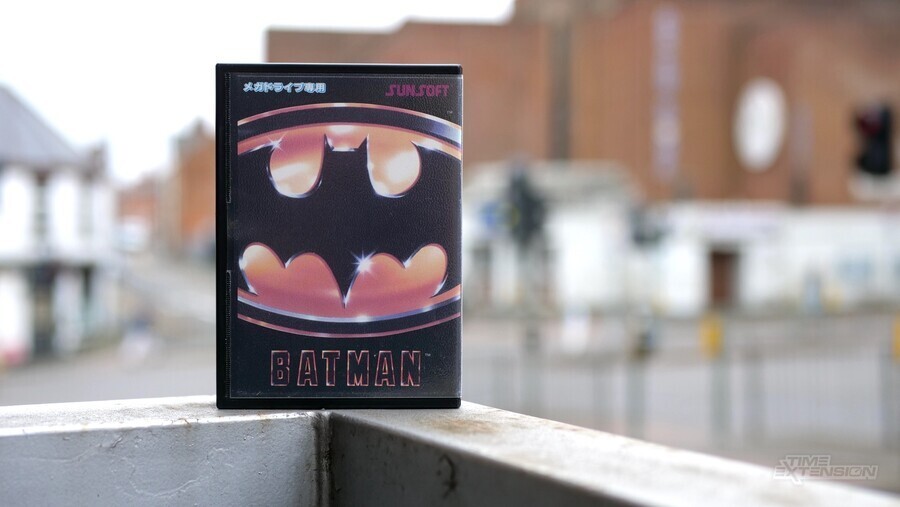
This is an odd one, because the game in question and the real-world location I associate it with never 'met' in the strictest sense.
I will forever picture the now-dilapidated Danilo Cinema in my hometown of Hinckley when I think of Tim Burton's superb 1989 Batman movie, but it's a tangential link, to say the least. I never actually saw the film in the cinema, but instead watched the 1992 sequel Batman Returns there.
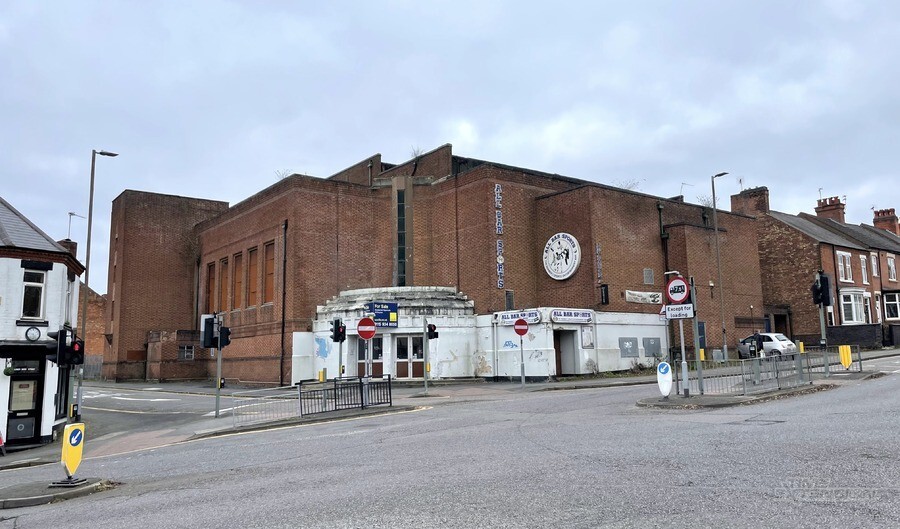
Also, I didn't buy the Mega Drive game – coded by Sunsoft – until many, many years later, yet there's an unshakeable connection between the two in my head. This is an example of how we can retrospectively create these seemingly rock-solid links without actually having a strong starting point in the first place.
Sadly, the cinema itself has fallen into disrepair in recent years.
Alien Storm (Arcade / Mega Drive)
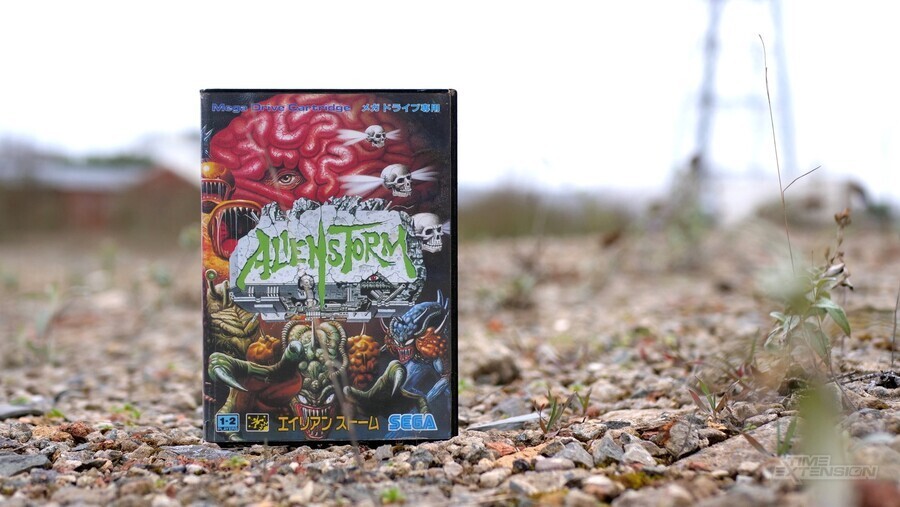
For me, it's even possible to link games with places that no longer exist. While the Danilo Cinema mentioned above has been derelict for decades, it is at least standing and still a tangible place; for my next example, that is no longer the case.
Hinckley's old leisure centre was constructed in the 1970s and was just down the road from my primary school. We would regularly visit the centre for swimming lessons, and, in the building's foyer area, there was a row of constantly-changing arcade machines that we'd often fill with loose change while waiting for the coach back to school. This was where I first experienced titles like Teenage Mutant Ninja Turtles, Golden Axe, Asterix and Bucky O'Hare – as well as Alien Storm, Sega's xenomorph-infused beat 'em up classic.

Needless to say, it was love at first sight; I was already a huge fan of Golden Axe (which was created by the same team, with Makoto Uchida in charge), and Alien Storm felt like a sequel of sorts; its gloriously over-the-top visuals popped off the screen, making even more of an impact on my young mind than Capcom's Final Fight (itself a game I associate with a family holiday to England's south coast, as every amusement arcade had at least one cabinet).
I had to own this game in some form, and when the Mega Drive version arrived on import, I picked it up as quickly as possible. Never mind that it wasn't quite a perfect conversion – I had Alien Storm at home, finally.
Because I saw the game first at Hinckley Leisure Centre, it remains forever connected to that place – a place which, in 2016, was erased from existence. Today, nothing of the original building remains, and nothing else has been erected in its place; the wasteland offers no visual link with the past, but it is, in my mind, still bonded with Uchida's alien-busting masterpiece.
The Legend of Zelda: A Link To The Past (SNES)

Close to Market Bosworth (and the aforementioned Medlantic Hi Tech) there's the tiny hamlet of Shenton. It's little more than two streets, with only a handful of houses surrounding its church, which was rebuilt by the Wollaston family in 1860 – who also owned the imposing Shenton Hall, the village's other notable structure.
After buying Zelda on the SNES (not the Super Famicom, as this photo shows – sorry, I didn't have any other version to hand), I recall my father driving through Shenton on the way home, a picturesque detour from which I occasionally broke my gaze to peruse the manual for the game, getting myself mentally prepared to explore Hyrule's wonders.
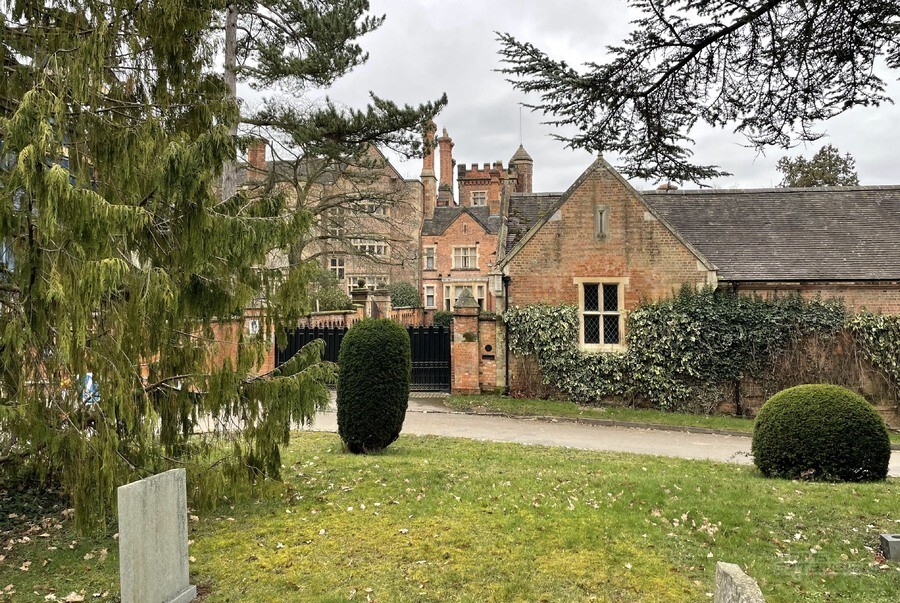
Again, like Belmont's Revenge, this link is very much created soon after the point of purchase, when the expectation of playing the game is at its highest.
If you're still awake after reading that whistle-stop tour of my childhood, then congratulations – you certainly deserve some award or recognition for your valiant efforts.
However, this isn't supposed to be an indulgent journey down memory lane; I'm honestly interested to know if certain video games trigger the same kind of location-based memories for you. Perhaps this happens when we're separated from the video games we love, and our anticipation of returning to them makes our minds bond them with particular locations or places. Or maybe it's the sign of a more worrying obsession, where games invade our daily lives and occupy our every waking moment? I can certainly admit that was the case with some of the titles listed above.
Let us know your thoughts on this topic with a comment, and be sure to vote in the poll as well.
Do you find that certain video games are linked to physical places in your memory? (194 votes)
- Yes
- No
- I'm not sure
